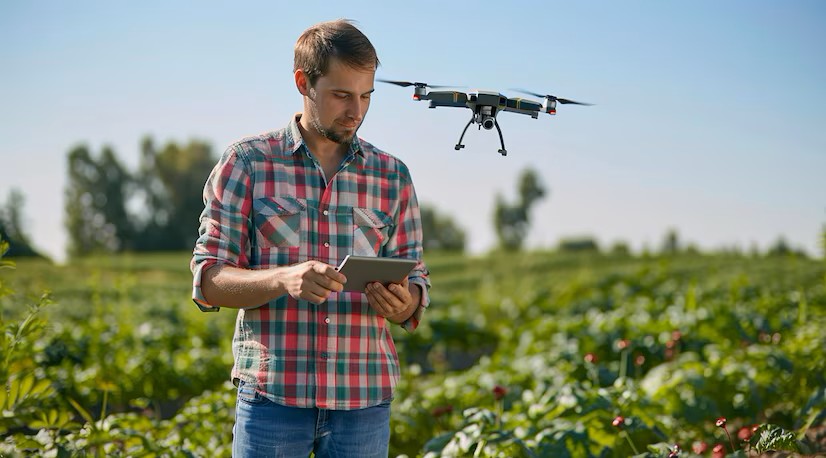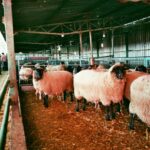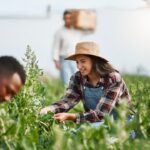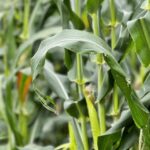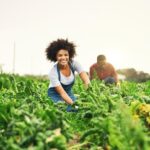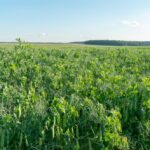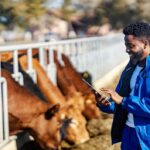Brazil is one of the world’s largest agricultural powerhouses, producing massive quantities of soybeans, sugarcane, coffee, and other crops. To maintain high yields and manage vast farmlands efficiently, Brazilian farmers are turning to drone technology for crop health monitoring. These unmanned aerial vehicles (UAVs) are revolutionizing agriculture by providing real-time data, improving resource management, and helping farmers detect diseases and pests before they cause significant damage.
How Drones Are Transforming Brazilian Agriculture
Drones equipped with advanced sensors and artificial intelligence are making farm management smarter and more efficient in Brazil. Here’s how they are being used:
- Early Disease and Pest Detection – Multispectral and thermal imaging cameras on drones help identify early signs of crop diseases and pest infestations, allowing for targeted treatment before widespread damage occurs.
- Precision Agriculture – By capturing high-resolution images of farmland, drones provide detailed maps that help farmers analyze soil health, moisture levels, and plant growth, ensuring fertilizers and pesticides are used only where needed.
- Water and Irrigation Management – Drones monitor water distribution across fields, helping farmers optimize irrigation systems and reduce water waste, especially in drought-prone areas.
- Yield Estimation and Crop Health Analysis – AI-powered drones assess plant density and growth stages, allowing farmers to predict yields accurately and plan harvests more effectively.
- Aerial Spraying – Some Brazilian farmers use drones to spray pesticides and fertilizers with precision, reducing chemical usage and minimizing environmental impact.
Why Drones Are Gaining Popularity Among Brazilian Farmers
Brazilian farmers are embracing drone technology because of its numerous benefits:
- Increased Efficiency – Large farms can be monitored in hours instead of days, reducing labor costs and improving productivity.
- Cost Savings – By using precise data, farmers can apply inputs like fertilizers and pesticides more efficiently, saving money.
- Sustainability – Targeted spraying reduces chemical runoff into water sources, promoting environmentally friendly farming practices.
- Climate Adaptation – Drones help farmers respond quickly to changing weather conditions, ensuring better resilience against droughts and floods.
What Other Countries, Including South Africa, Can Learn
South Africa, like Brazil, has a strong agricultural sector but faces challenges such as water shortages, climate change, and pest outbreaks. By adopting drone technology, South African farmers can:
- Improve early detection of diseases in key crops like maize, wheat, and citrus.
- Optimize water usage and irrigation systems in drought-prone regions.
- Reduce costs by using precision farming techniques.
- Boost overall productivity and sustainability.
The Future of Drone Farming in Brazil and Beyond
As drone technology continues to evolve, it is set to play an even bigger role in agriculture worldwide. Brazil’s success in integrating drones into farming can serve as a model for other nations looking to improve efficiency, sustainability, and food security. With supportive policies, investment, and farmer education, countries like South Africa can also harness the power of drones to modernize agriculture and enhance productivity.
Join 'Farmers Mag' WhatsApp Channel
Get the latest Farming news and tips delivered straight to your WhatsApp
CLICK HERE TO JOIN
